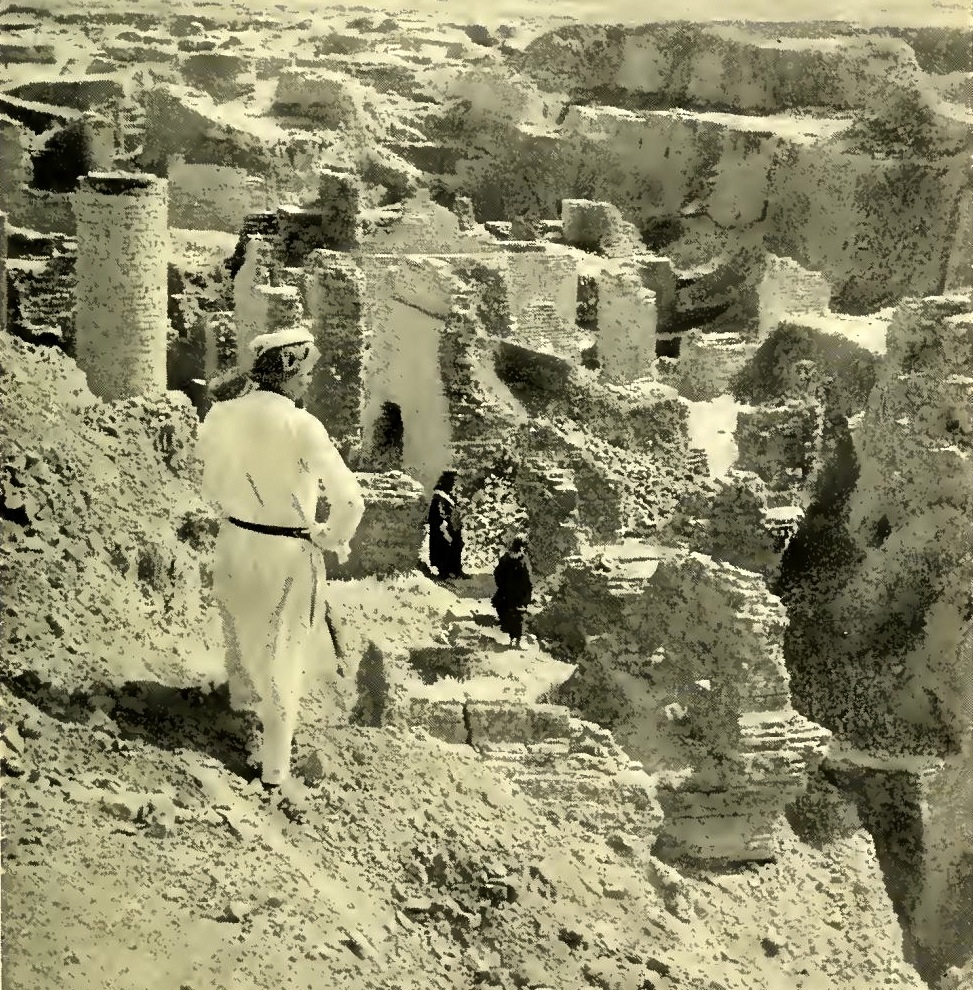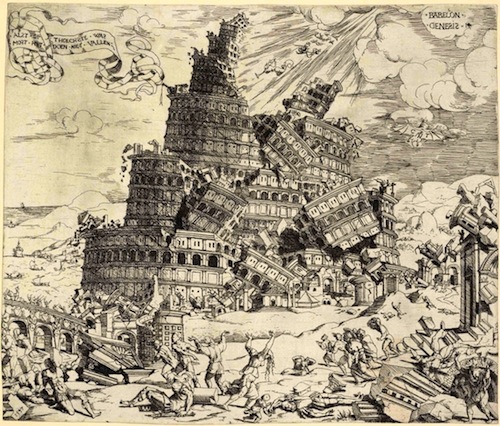The German Heinrich Schliemann (1822-1890) KNEW that the ancient city of Troy in Homer’s Iliad was real. His mama and papa who was a Pastor said it was. They introduced him to the Iliad and young Heinrich had seen Brueghel’s spectacular painting of Troy burning.

No one at that time but the now adult and wealthy Schliemann believed the stories in the Iliad and the Odyssey were true. But he dug and dug in the area where Homer said Troy was and found much ancient gold which he called Priam’s Treasure. And he found not one Troy but seven different layers of Troy. Schliemann is considered the “father of Mediterranean archeology.”



Like Troy in history, the ancient city of Babylon looms large in the Old and New Testaments. Believers in the authenticity of the Bible have always believed there was a city called Babylon, but many in the academic world thought it was fictitious. Today the ruins of what we know as Babylon are in Iraq, 59 miles southwest of Baghdad. It is to believers in ancient texts and the Bible like Heinrich Schliemann with Troy and like Robert Koldewey (1855-1925) who excavated the haphazard dusty mounds outside of Baghdad in the late 1880’s-90’s and found Biblical Babylon that we owe not only the beginnings of modern archeology but the belief in the reliability and veracity of ancient texts.

And it is to a relatively recent group (c. 1800’s until the present) of linguists and philologists that we owe our understanding of Egyptian hieroglyphs (Champollion 1822), of Sumerian cuneiforms (Rawlinson 1837), of Minoan Linear B script (Evans/Ventris 1963) and the origins and interpretations of other ancient worlds and words. For the history of the interpretations of ancient writings belongs to a small band of patient, dogged and skilled men who have given their minds and lives to breaking the codes of undecipherable scribbles on ancient walls, shards, stones and parchments.
To illustrate their indefatigable persistence: they have shown the world that the original Sumerian word for “Babylon” was ka-dingir-ra KI. Ka is an ideogram meaning “gate.” Dingir is an ideogram for “god.” Ra is a phonogram indicating that an “R” sound followed. KI is the sign for “land, earth” and served as a determinative. Under this linguistic scenario, the Sumerian name for “Babylon” meant “Gate Of God Land.” Babylon came to be pronounced “Babylon” when the Akkadians and Babylonians conquered the city in the 2nd millennium BC and gave Babylonian pronunciations to Sumerian words. The Babylonian for “gate” was babum and for “gate of” was bab. Their word for “god” was ilu—Bab ilu–Babylon.
The same signs that the Sumerians pronounced kadingirraki were pronounced babilu by the Babylonians which pronunciation came into Hebrew as babel in the Hebrew Old Testament and is how we get our modern pronunciation of the word “Babylon,” meaning in Akkadian/Babylonian “Gate of God.”

According to the Bible (Genesis 11:1-9), it was at prehistoric Babylon/Babel that God split mankind into different language groups so they could not understand each other. They had built the Tower of Babel, dedicated to their pagan god Marduk, and the God Almighty of the Bible destroyed their presumption.

“Babel” sounds like the Hebrew word for “confused,” and the word resonates in English as our word “babble” meaning “to utter sounds or words without meaning; to chatter or prattle.”
According to the Bible in the End Times, there will be a Great Whore called Babylon (Revelation 17) and Babylon will fall, be destroyed (Revelation 18). “Ka-Dingir-Ra” looms large in both the Old and New Testaments (260 mentions) and the very ancient city of Babylon is still used to denote a decadent city.
As can be gleaned from this small exploration, EVERY WORD we speak and write has an awesome and complicated oral and written history. To those who mine the ancient lands and to those who mine ancient languages, we thank you!—Sandra Sweeny Silver
